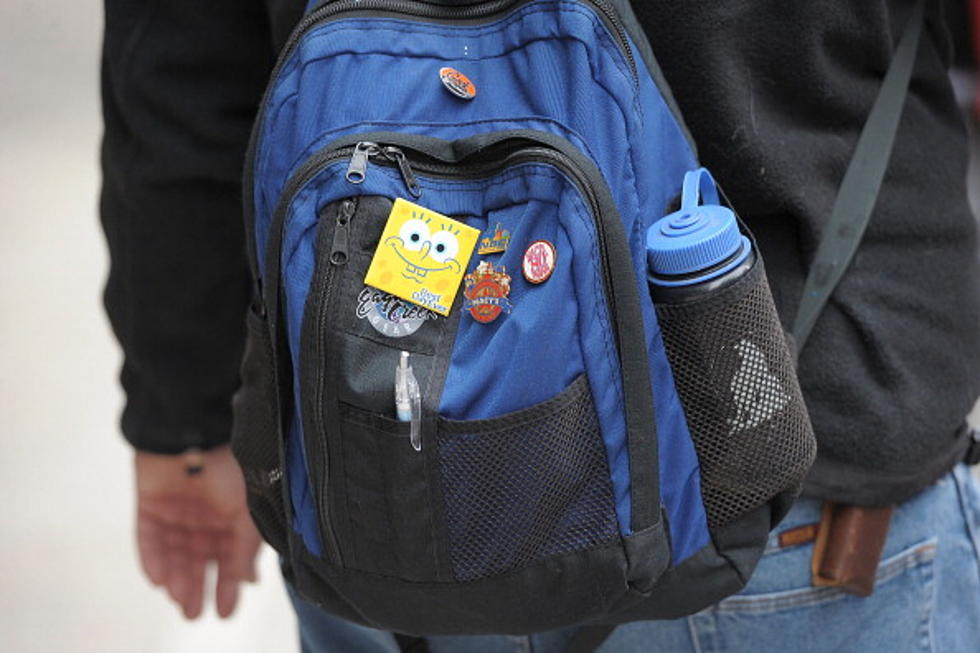
NJ chiropractor’s back-to-school tips for children’s backpacks
Back to school is right around the corner in New Jersey and other parts of the nation.
If residents have not purchased back-to-school supplies, just a reminder that from now until Sept. 5 is New Jersey’s back-to-school tax holiday. Sales tax will be waived on everything from pens to backpacks to computers and sporting equipment.
What kind of backpack should be purchased?
For those who have not purchased backpacks yet for their children, Dr. Jeannine Baer, chiropractic physician and member of The Association of New Jersey Chiropractors said it’s important to buy a sturdy backpack with two padded shoulder straps, a padded back, and multiple compartments.
What is the correct way to pack a backpack?
Once the backpack and various supplies are purchased, parents and kids should learn the proper way to pack the back so as not to cause pain and injury to the child’s back, neck, and shoulders.
Dr. Baer suggested using all the compartments a backpack has to offer. That is why they are there.
“Put the heaviest objects like laptops, textbooks, and binders towards the back and make sure to pack any sharp or pointy objects like pencils, pens, and compasses away from the body in the smaller front compartments,” Baer said.
This distributes the load more evenly, thus reducing back sprain, and preventing puncture injuries.
What kind of injuries can kids suffer due to carrying a heavy backpack?
Kids can suffer injuries due to carrying a heavy backpack, some of which can be long-term injuries, she said.
Muscle, neck, and back injuries are the most common injuries that occur when a backpack is too heavy. Rare, but serious compression injuries can occur. When thin, unpadded straps press down on the shoulders can cause pain to radiate down the arms and into the hands, Baer said.
How should a backpack be properly worn?
It’s no secret that kids want to be cool and look fashionable when lugging their gear around school. Oftentimes, they’ll sling their backpack over one shoulder. But Baer said this is a big mistake putting all that weight on one shoulder.
That’s a quick way to cause muscle strain, and back or neck pain. Baer said it shouldn’t hang too low. About one or two inches below the belt line should be the limit. If the backpack hangs too low, she said it can cause sustained forward bending which can completely strain the back over time.
“It should be worn on both shoulders. We have two shoulders and the backpack has two straps, so do the math,” she chuckled.
How can you tell if a backpack is too heavy?
Baer lives by the green-yellow-red rule to determine the heaviness of a backpack.
Green: This zone is if the backpack weighs less than 10 percent of the child’s body weight. No action is required at this time. Green means “good to go”, she said.
Yellow: This is the warning zone meaning the backpack weighs between 10 and 15 percent of a child’s body weight. Clear out the backpack of unnecessary items and make sure the items that are in there, are packed properly.
Red: This is not good. This zone means the child’s backpack weighs more than 15 percent of the kid’s body weight. This indicates the backpack is entirely too heavy and needs to be re-packed. Baer said some items may need to be removed and the child may have to carry them in his or her arms, instead. This will help distribute the weight more evenly, taking the strain off a child’s back, neck and shoulders.
“A good rule of thumb to follow is that if the backpack weighs more than 10 to 15 percent of the child’s total body weight, that’s too heavy. Outside of that zone, which we call the yellow zone, injuries are more likely to occur, Baer said.
Keep in mind that during the first few days of school, kids will be bringing home textbooks that are meant to stay home, Baer added.
Make sure those books are removed from the backpack. They are not meant to be carted around daily. Also, look for extra change that can weigh down a bag, along with extra papers, extra binders, and half-drunk water bottles that may accumulate in the backpack, as the year trudges on, Baer said.
Bottom line, parents? Check those backpacks periodically to see what is in them, clean them out, re-pack them, and then weigh them to help children avoid any unnecessary pain and injuries.
Jen Ursillo is a reporter and anchor for New Jersey 101.5. You can reach her at jennifer.ursillo@townsquaremedia.com
Click here to contact an editor about feedback or a correction for this story.
A hidden gem day trip deep in South Jersey
More From New Jersey 101.5 FM

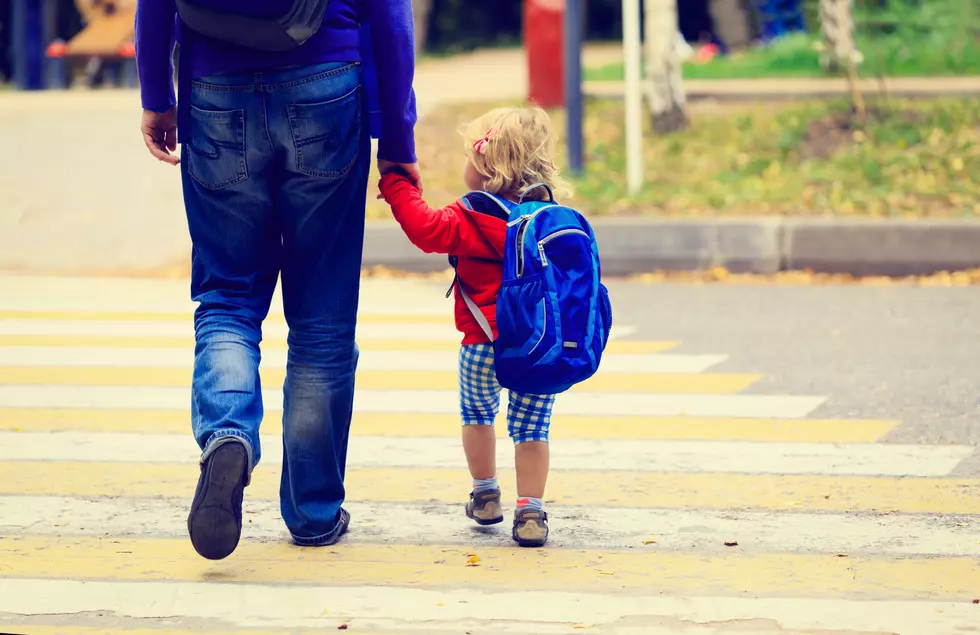
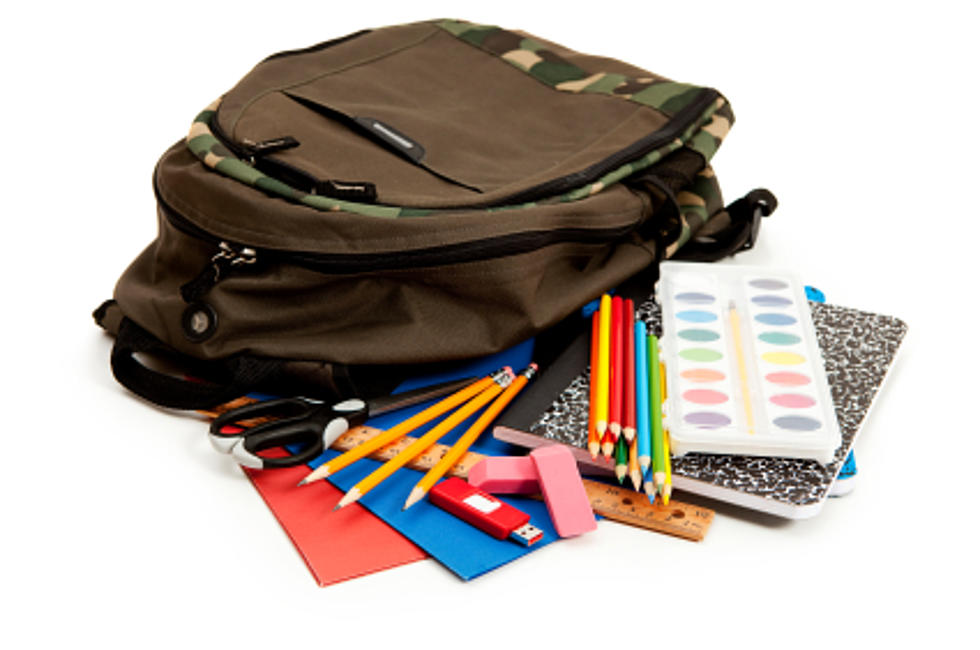
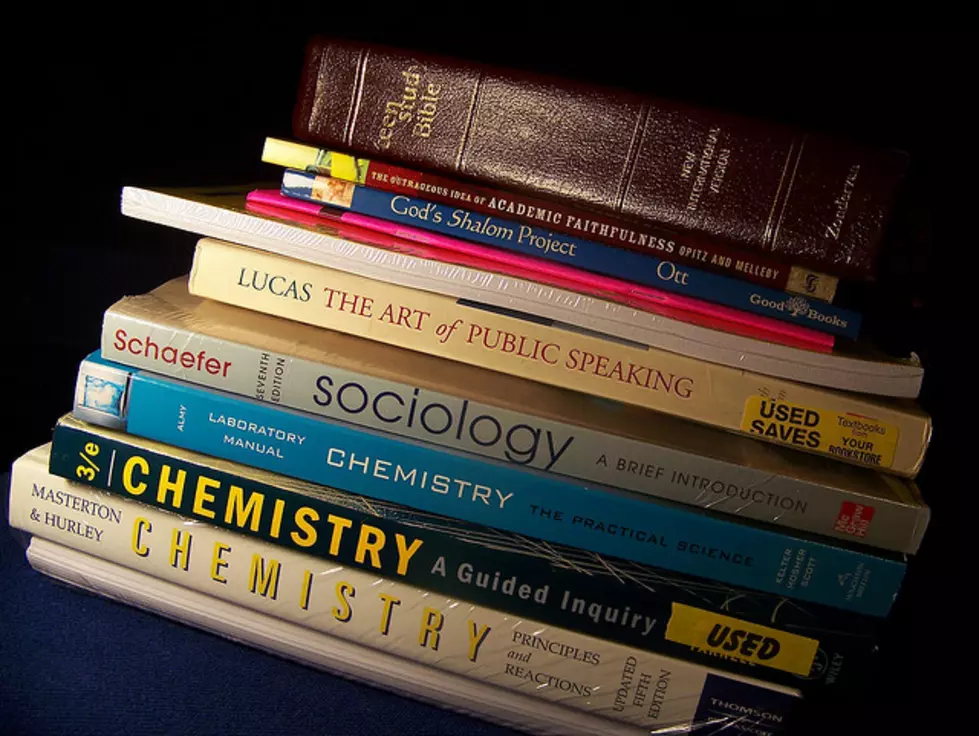
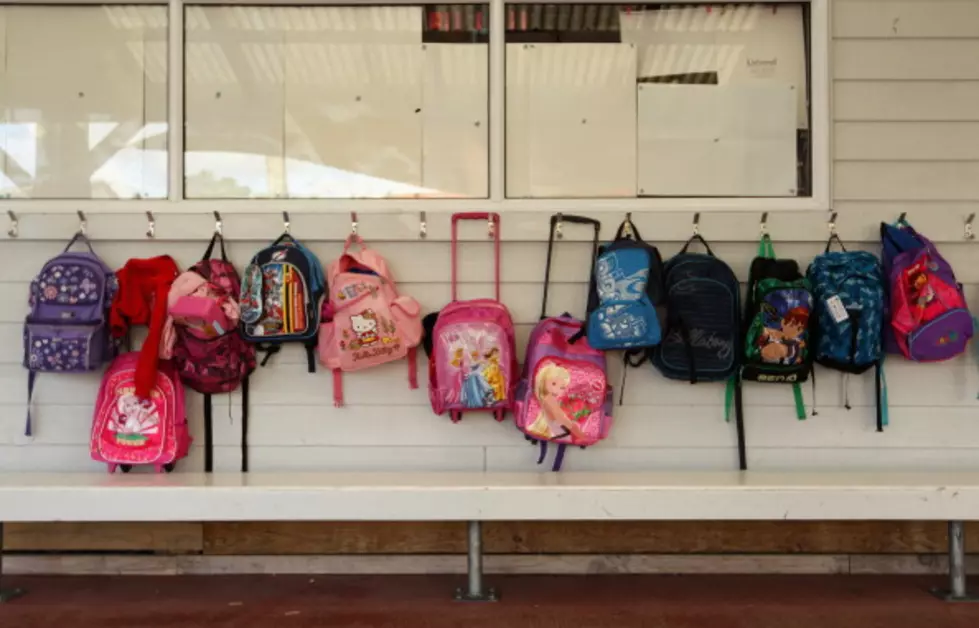
![Backpacks Weighing Heavy on Kids [AUDIO]](http://townsquare.media/site/385/files/2013/09/107147525.jpg?w=980&q=75)



